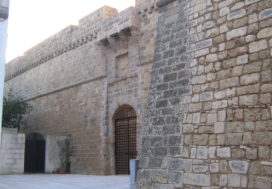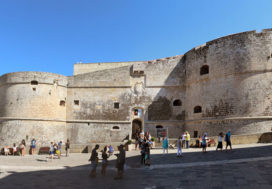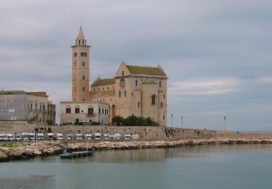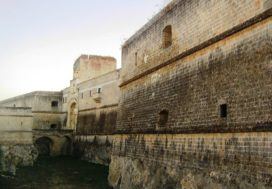A reinvigorating stay in San Severo in Foggia district, represents a wonderful occasion to admire the Tavoliere delle Puglie and its ancients hamlets.
Lucera
Lucera, in Apulia in Foggia district, is situated in the beautiful Tavoliere delle Puglie, where the the Molise and Campania valleys converge, and has been the administrative centre of Contado del Molise until 1806.
Due to its strategic position it has always been considered the key of the Puglie. It was besieged by the Samnites, and the Roman army that came to help was defeated in the famous battle known as Forche Caudine. Marco Atilio Regolo in 294 B.C. made the Romans win against the Samnites. In 312 B.C. the ancient Luceria became a Roman colony and was always loved by the Romans thanks to its great loyalty.
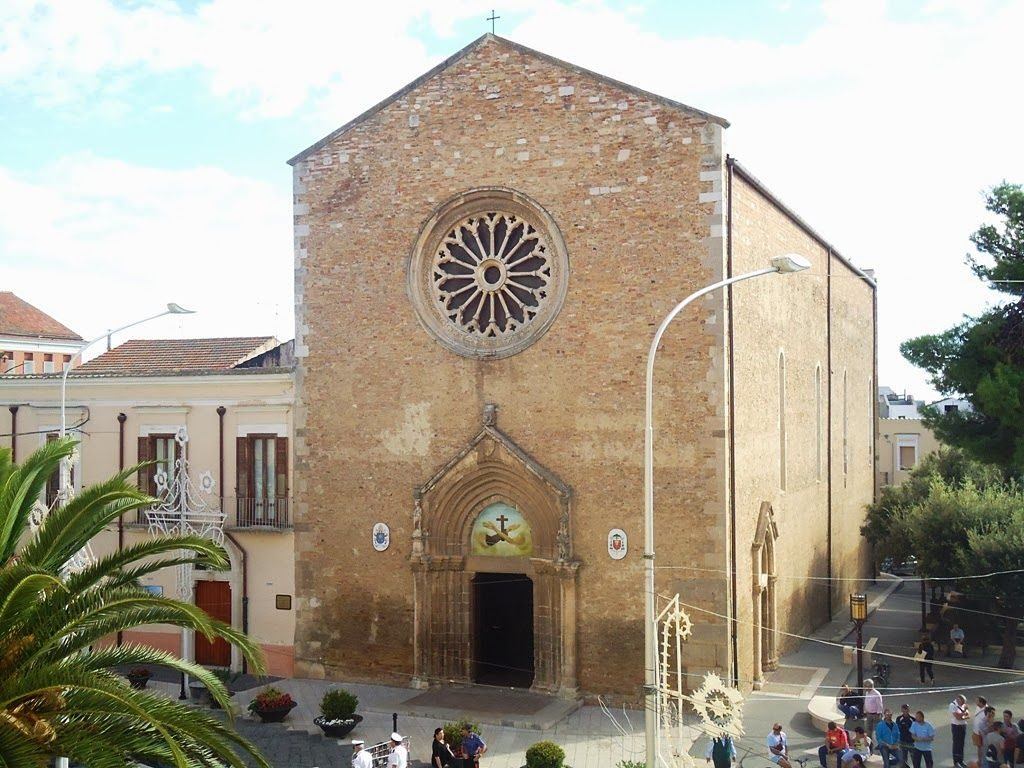
Basilica di San Francesco Lucera
Today we can live its glorious and ancient history through its streets, full of monuments and testimonies. For this reason Lucera is considered a town of art. The valuable places are the Chiesa di S. Francesco d’Assisi, now called Basilica Santuario di San Francesco Antonio Fasani, contemporary to the Cathedral, the Chiesa barocca del Carmine, the IV century Basilica cattedrale di Santa Maria Assunta, the Fortezza Sveva Angioina and the Anfiteatro romano. Other places to visit are the Museo di Archeologia Urbana and the Museo Diocesano.
Pietramontecorvino
A reinvigorating rest in the Masseria Celentano situated in Apulia in San Severo in Foggia district, will give you the possibility to visit Pietramontecorvino in Foggia district.
It is one of “the most beautiful villages in Italy”, and can also boast the Orange Flag given by the Touring Club Italiano.
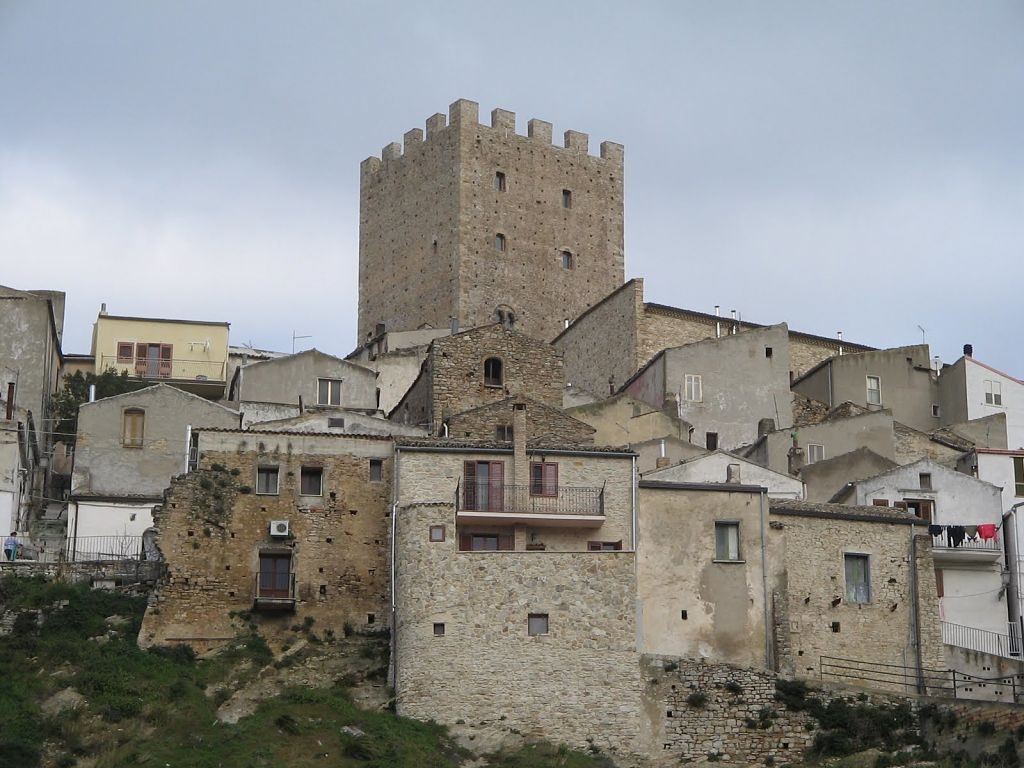
Torre Normanna Pietramontecorvino
The most important places are the Chiesa di Santa Maria Assunta, a religious construction built in 1328, the Torre Normanna which is about 30 meters high, and the III century Palazzo Ducale.
Pietramontecorvino is about 500 meters high, and has, probably, Byzantine origins. Its old town centre still has the architectural details of the original medieval tissue.



